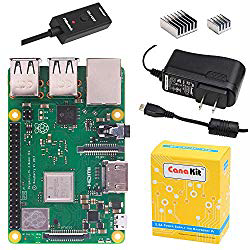As the world becomes increasingly digital, the demand for skilled IT professionals grows continuously. Many nations are actively seeking to attract top tech talent to drive innovation and boost their economies. To facilitate the movement of technology professionals between countries, various visa options are available. In this article, we'll explore the different types of visas for IT professionals looking to pursue a career abroad.
Firstly, there are short-term visas, suitable for freelancing or consulting work. These types of visas are often used for projects requiring specialized expertise from skilled professionals. This visa type is ideal for professionals trying out a foreign market or supplementing their income at home.
Next, temporary work visas are available in some countries, with qualifications, such as the US's (H1B visa) or Germany's (Blue Card) requiring specialization in a particular field. Employees from large IT companies are frequently preferred for residence permits. These visas also often require language proficiency.
Fast route options, such as the European Law Maker's "Startup Visa," provide visa options for founders. These often require personal resources.
The final option is the PR, Permitter of Residency. This type of visa can be obtained based on community involvement. This would grant lifetime permission for living in a new country and
4G work privileges.
While obtaining a visa can seem daunting, eligibility often varies depending on job position. It's essential to consider factors like job length.
Word choice note: It's recommended to verify visa information periodically, as each country has unique regulations.
When deciding which visa to pursue, international technology professionals should consider qualifications and work prospects. Local prices can vary, and taxes may apply.
There is a common trend of geographical mobility within the first five years of working. This can be attributed to multiple factors, including job opportunities.
